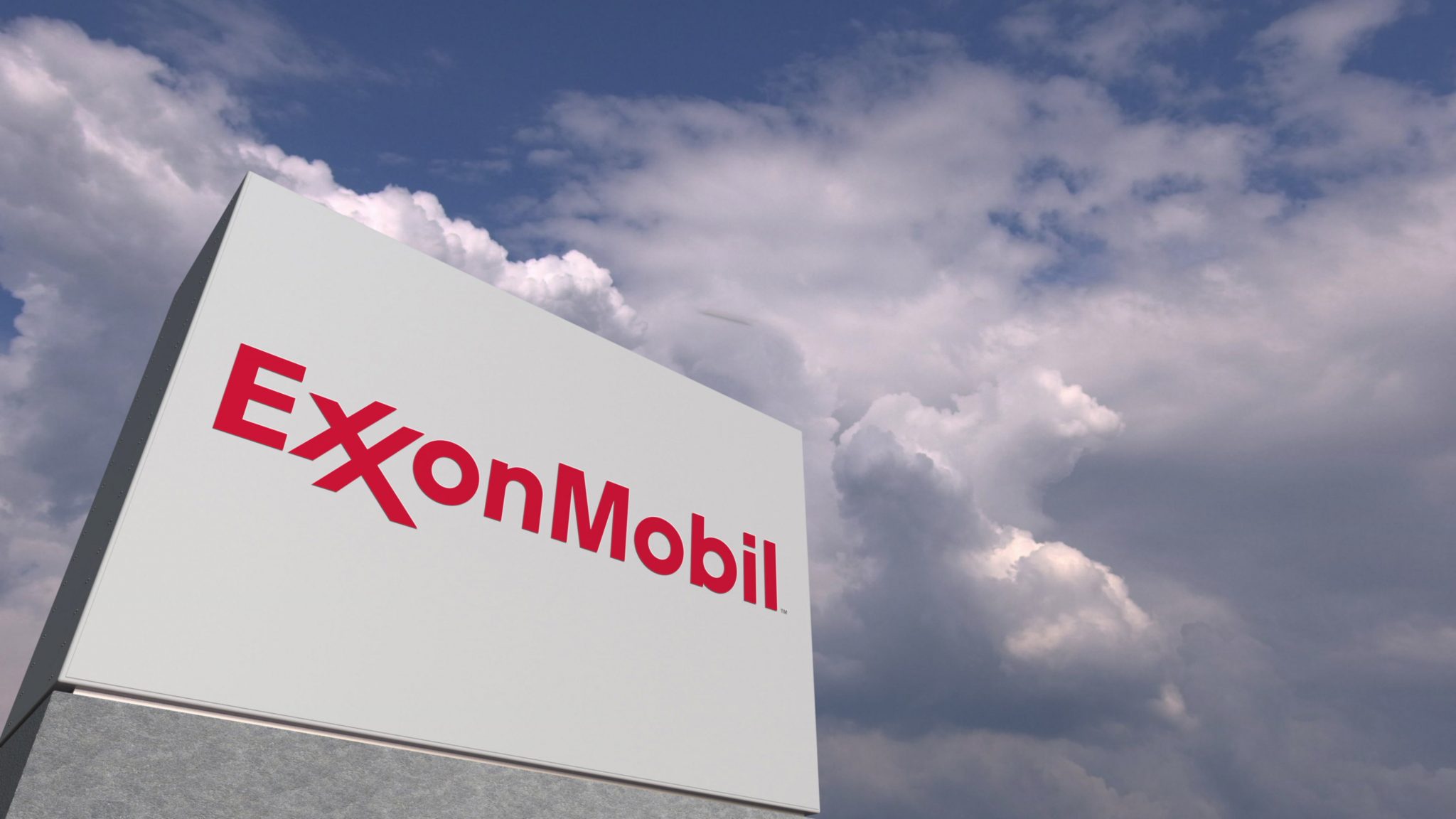
Exxon Mobil Forecasts Higher Production in 2024
Exxon Mobil will target annual project spending of between $22 billion and $27 billion through 2027, the oil major said in an update on Wednesday that largely continues existing spending and production goals.
The largest U.S. oil producer laid out plans to boost spending on nascent lithium and low carbon businesses by 18% throughout 2027.
Its presentation, however, left out details of projected gains from the $60 billion acquisition of Pioneer Natural Resources that is expected be completed in the first half of 2024, and shares closed down more than 1%.
Company executives also said most profits from its push into energy transition businesses including carbon dioxide abatement and storage and lithium production would come after 2027. Profits from those units also will depend on government help through regulations and infrastructure.
“All those things are coming together,” said CEO Darren Woods. “But until they ultimately land, and we know what we’ve got” the outlook will remain “less certain.”
“Exxon will need to convince investors on the merits of the low-carbon spending from here,” said Biraj Borkhataria, an equity analyst at RBC Capital in a note.
The annual forecast is watched closely by investors for its spending and production targets. This year’s outlook was keenly anticipated because of deals for Pioneer and carbon pipeline firm Denbury, both of which will underpin long-range targets.
Exxon announced plans to buy Pioneer in October for nearly $60 billion in an all-stock deal, saying it plans to more than triple its production in the top U.S. shale field to 2 million barrels per day (bpd) by 2027. Denbury was a $4.9 billion acquisition to buttress its carbon business.
Exxon’s estimated production growth for next year excludes more than 700,000 bpd it would gain from the Pioneer acquisition. That deal would double Exxon’s Permian shale oil and gas output to about 1.3 million bpd, the company has said.
Government Support
Exxon’s spending outlook will raise outlays for its energy transition unit, called Low Carbon Solutions, to $20 billion between 2022 and 2027, from $17 billion. But the higher spending will require government support.
“We need technology-neutral durable policy support, transparent carbon pricing and accounting, and ultimately, customer commitments to support increased investment,” Woods said.
Exxon will increase its share buybacks to $20 billion annually through 2025, from $17.5 billion currently, after the Pioneer merger closes, the company said. An ongoing divestment plan for its refining operations also will continue.
Analysts said excluding any contributions from the Pioneer deal, the company’s oil and gas targets were below expectations and its spending forecast higher than expected.
Analysts also anticipate a delayed production start-up at Exxon’s liquefied natural gas (LNG) Golden Pass plant to 2025, following the company’s updated goal for mechanical completion by the end of 2024.
Annual project expenditures could hit $32 billion by 2027, above market expectations, assuming an incremental $4 billion-$5 billion in spending on Pioneer’s assets, RBC Capital said.
Exxon projected earnings and cash flow to rise through 2027 by $14 billion on a combination of cost cutting, higher oil output from Guyana and U.S. shale and gains in its refining and chemicals business. The company is forecast to earn $37.2 billion this year, according to financial firm LSEG.
Increase cash flow will come from higher earnings and a new $6 billion cost reduction target through the end of 2027. The company slashed project spending and overhead after suffering a historic $22 billion annual loss in 2020.
Shala, Guyana Oil Gains
Exxon forecasts production of 3.8 million barrels of oil equivalent per day (boepd) in 2024, from 3.7 million this year, as it bets on a lift from the Permian shale basin and Guyana.
Spending on new projects will expand to between $23 billion and $25 billion next year, with a range that has a mid-point spending of $24.5 billion annually from 2025 through 2027.
Reuters, Sabrina Valle, December 6, 2023
